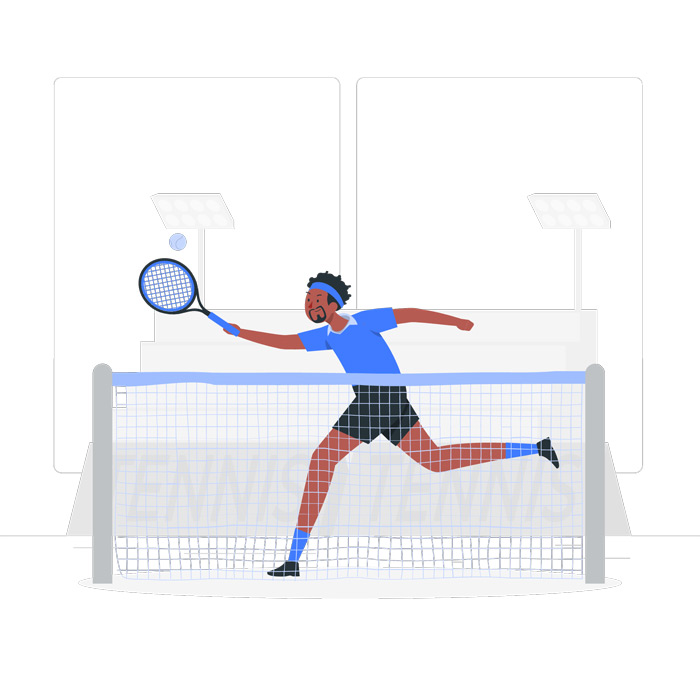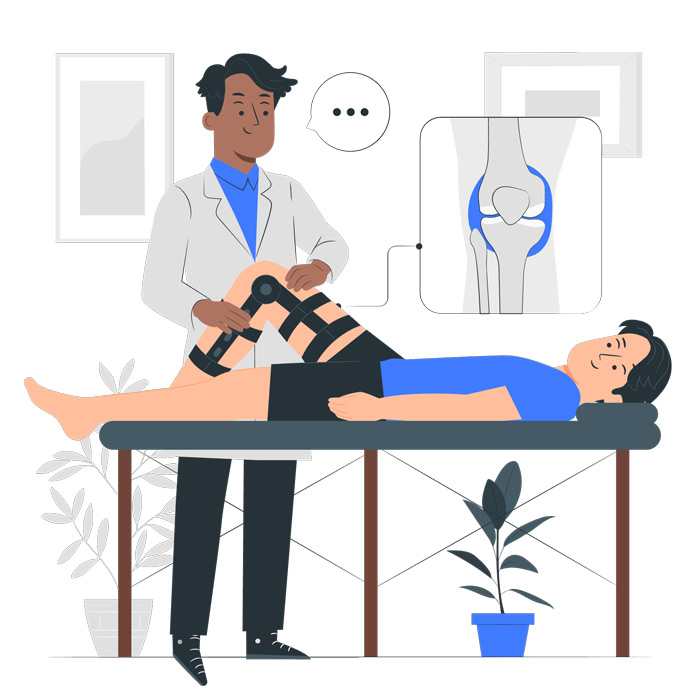
What Is the Most Common Pickleball Injury? (and How to Prevent It)
Pickleball’s fast pace and agility demands make it prone to injuries. Understanding the most common ones helps you play safer and stay on the court longer.
Common Injury Types
With pickleball’s fast pace and high physical demands, injuries are unfortunately common, particularly in musculoskeletal and traumatic categories.
These range from shoulder strains and sprains to fractures, often stemming from overuse, repetitive motion, and sudden direction changes. Let’s break down these injuries and understand why they’re so prevalent in this sport.

Overuse Injuries
Repetitive strain and overuse injuries are the most prevalent in pickleball, affecting muscles and tendons with continued stress from the game’s quick motions.
The high frequency of swings, reaches, and quick stops can lead to cumulative wear on certain muscle groups:
Extremity Injuries
Quick pivots and rapid movements target the extremities, particularly the arms and legs, creating frequent and often severe strains in these areas. Quick lateral shifts and sudden stops increase the risk of:
Falls and Traumatic Injuries
Falls are a major cause of traumatic injuries on the pickleball court, especially for older players, and can result in painful and sometimes debilitating outcomes. Whether due to a slip, stumble, or dive, falls increase the likelihood of:

Other Common Injuries
Beyond the commonly mentioned strains and sprains, repetitive bending and reaching actions in pickleball can result in additional injuries affecting mobility and performance.
These include:
Additional Resources Explore our range of products designed to support knee health:
Age-Specific Risks
Older players encounter unique risks in pickleball, with age-related declines in strength and stability making certain injuries more common and severe.
Studies reveal that individuals aged 50 and over account for a substantial proportion of these injuries, especially among women over 60, who are more susceptible to fractures and related complications.
Understanding age-specific risks is crucial to maintaining long-term health while enjoying the game.
Prevention and Treatment
Preventing injuries in pickleball is about proper preparation and physical conditioning, as well as understanding individual limits. Simple steps can significantly lower the risk:
For minor injuries, the RICE method (Rest, Ice, Compression, Elevation) remains effective, while more severe issues may need professional medical attention or physical therapy.
Key Takeaways
Explore our range of products designed to support knee health:
More Great Rent A Knee Walker News & Stories
- •
- •
- •
- •
- •
- •


